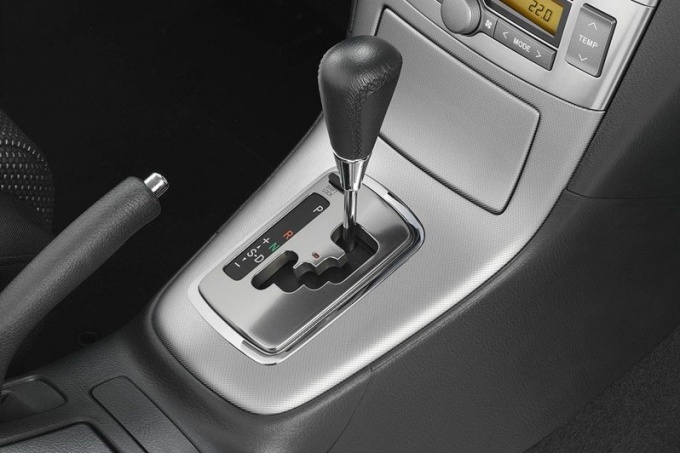Instruction
1
Inspect the gearbox, pay special attention to the pallet, electrical harnesses, connectors, oil lines. Strong drip oil, mechanical damage to the pallet, as well as traces of welding, etc. should not be.
2
Check the level and condition of oil in the machine. Put the automatic transmission in position Park, the engine must be at idle. Remove the transmission dipstick, wipe it, then reinsert and remove again.
3
Wipe the dipstick with a clean cloth bright and look at the rest of the cloth traces of oil. If the oil is black, it means that in the best case, have not changed. Smell cloth: if you experience a burnt odor, it means automatic transmission in very poor condition. The red color indicates that new oil is filled within the week to check that can also be a troubling sign. The best option is the oil on the rag is clean, yellowish, no impurities, foreign particles, etc.
4
Warm up the car in the Park position until, until the speed drops to 650-850 per minute. Press on the brake pedal and switch the automatic transmission in Drive mode. The car should respond immediately, without delay, and you will feel like the car pulls forward. The switching process should not be accompanied by knocks or tremors.
5
Switch the automatic transmission in Neutral, then in Reverse. Transmission should work immediately with no knocks and jolts. You'll feel like the car pulls back. If when you switch modes you can hear extraneous sounds, feeling tremors or delay lasting more than 1 second, it means automatic transmission in need of repair or even replacement.
6
Try to drive a car. Accelerating to 60 km/h, the machine must change gears at least twice – first to second, then third. When switching should not be knocking and the more the impact. Shouldn't be slipping gears when the revs are rising but speed does not change.









